Tap water pH
TT, zone 5b MA
13 years ago
Featured Answer
Sort by:Oldest
Comments (20)
caudex1
13 years agoTT, zone 5b MA
13 years agoRelated Professionals
Saint Charles Landscape Architects & Landscape Designers · Brookfield Landscape Contractors · Dedham Landscape Contractors · Golden Landscape Contractors · La Vista Landscape Contractors · Lynchburg Landscape Contractors · Teaneck Landscape Contractors · Coshocton General Contractors · Lincoln General Contractors · Linton Hall General Contractors · Rossmoor General Contractors · Waianae General Contractors · Brushy Creek Carpenters · La Palma Decks, Patios & Outdoor Enclosures · New Albany Decks, Patios & Outdoor Enclosurestjicken
13 years agogreenman28 NorCal 7b/8a
13 years agotapla (mid-Michigan, USDA z5b-6a)
13 years agojojosplants
13 years agoxerophyte NYC
13 years agotapla (mid-Michigan, USDA z5b-6a)
13 years agotjicken
13 years agopenfold2
13 years agocactusmcharris, interior BC Z4/5
13 years agoparacelsus
13 years agoparacelsus
13 years agojoeplant
13 years agoTT, zone 5b MA
13 years agopenfold2
13 years agobeachplant
13 years agoland3499
13 years agokim1888
3 years ago
Related Stories
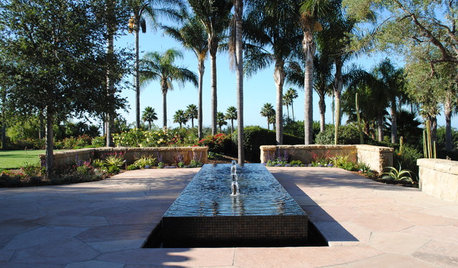
GARDENING AND LANDSCAPINGGardens Tap Into Rill Water Features
Rooted in ancient design, this water feature is popular again as a way to help contemporary landscapes flow
Full Story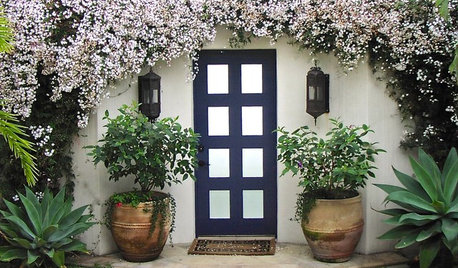
FEEL-GOOD HOMETap Into Your 5 Senses to Find More Peace at Home
Counteract screen overload and stress by rediscovering basic ways to enjoy life
Full Story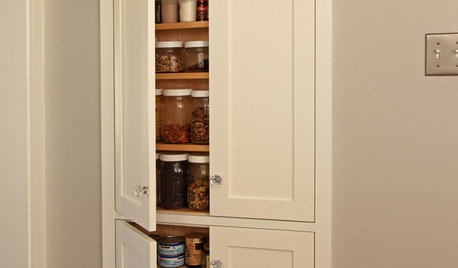
STORAGETap Into Stud Space for More Wall Storage
It’s recess time. Look to hidden wall space to build a nook that’s both practical and appealing to the eye
Full Story
THE HARDWORKING HOMEHow to Tap Your Hall Closet’s Storage Potential
The Hardworking Home: Check out these design ideas for every space and budget
Full Story
KITCHEN DESIGNTap Into 8 Easy Kitchen Sink Updates
Send dishwashing drudgery down the drain with these ideas for revitalizing the area around your kitchen sink
Full Story
ENTERTAININGHome Bars Tap Into Guy-Friendly Style
Belly up to rich wood, sports memorabilia and plenty of beer — pub spaces are letting guys run wild without leaving home
Full Story
COLORColor Magic: Tap Into Psychology to Better Use Blue at Home
OK, it's backed more by science than magic. But see how expert research can help you create powerful, even bewitching, interior effects
Full Story
MATERIALS10 Ways to Tap Into Plywood's Unfussy Appeal
It’s been a staple sturdy raw material for a long time, but now plywood is becoming a feature in its own right
Full Story
SAVING WATER11 Ways to Save Water at Home
Whether you live in a drought-stricken area or just want to help preserve a precious resource, here are things you can do to use less water
Full Story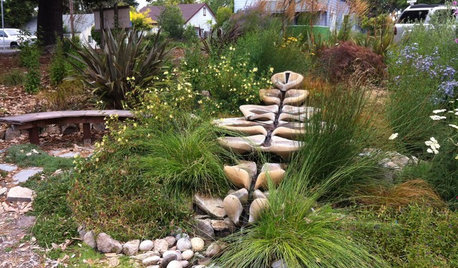
LANDSCAPE DESIGNNew Ways to Design With Water
Go beyond 3-tiered fountains and faux waterfalls to discover water's architectural possibilities
Full Story






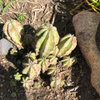


xerophyte NYC